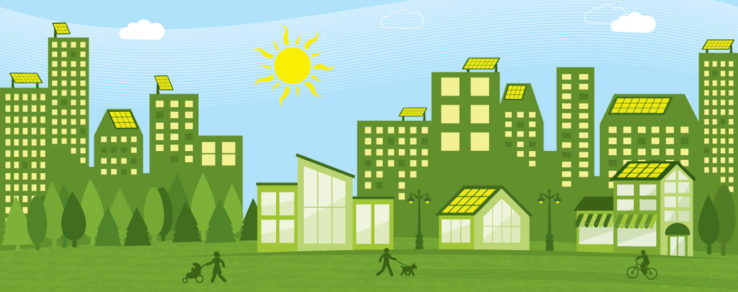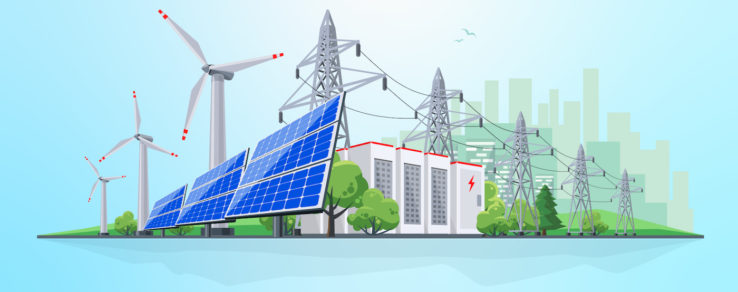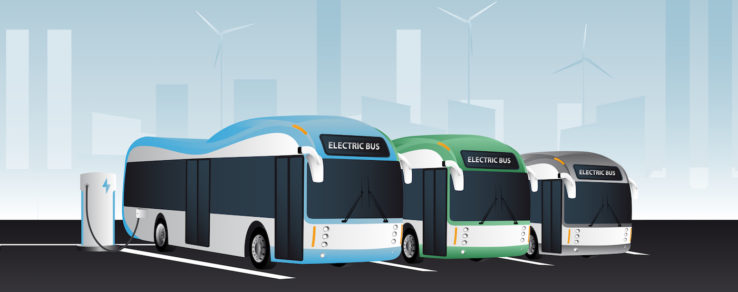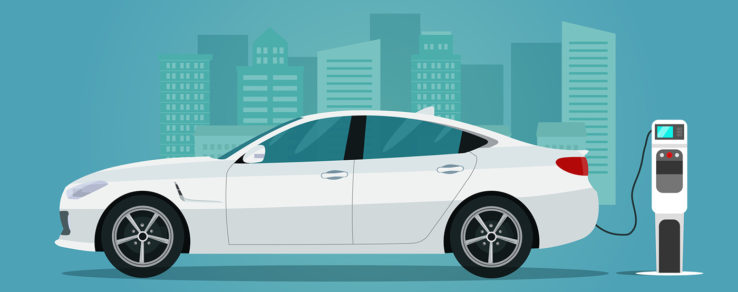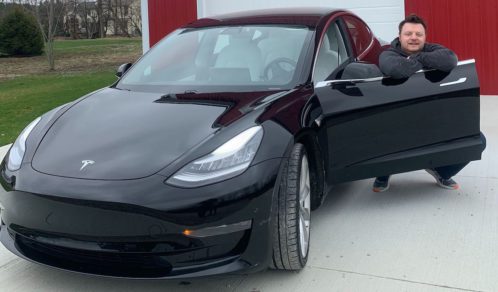With growing interest in renewable energy, an increasing number of consumers are choosing to install solar photovoltaic (PV) technology. In the United States, solar PV installations have increased to more than 2 million, and this number is expected to double by 2023. With demand greater than ever before, energy utility customers are looking to their energy utility for guidance as they navigate the steps along the solar energy journey.
Solar customers want to save money and the environment
Today’s consumers are more concerned about the environment than ever before. In fact, the primary motivators for going solar are saving energy and reducing environmental impact.Consumers see adding solar PVs to their homes as something they can do to reduce their carbon footprint. In fact, a solar PV is installed every 4 minutes in the U.S.
Despite this rapid growth, some consumers are still hesitant about adding solar to their homes or businesses. The top barriers for U.S. consumers considering solar include financial reasons and a lack of trusted, credible information. The decision to add solar is an important one and requires a major investment. However, there is not much information available other than from solar vendors. According to a survey conducted by the Distributed Energy Financial Group, 75% percent of U.S. consumers wish they had more reliable information before adding solar.
To drive solar PV adoption and increase customer satisfaction, energy utilities can guide their customers along the six phases of the solar journey.
Awareness: Energy utility customers are looking for educational resources on solar technology. Your information should educate customers on the basics of solar energy, such as how solar panels convert sunlight into electricity, key energy and cost-saving benefits and common misconceptions (for example, solar energy only works in sunny climates).
Discovery: During the research phase, customers want to know if solar energy is right for their home or business. Your energy utility should provide resources on the financial impact of a solar investment, along with how much they can expect to save on their energy bill. To level-set customer expectations, it also makes sense to provide a clear understanding of the role your energy utility plays in the solar journey.
Contracting: Solar installation is a major job. That’s why it’s imperative your customers find the right solar vendor for their installation. Vendors should be experienced and hold the right certifications, insurance and licenses based on state requirements. Your customers are seeking advice on how to find a qualified contractor and how to create a realistic budget.
Installation: The installation process is complex and starts well before the solar panels are added to the roof. In some cases, customers may need to make upgrades to their home or business before installation can begin. Your energy utility can prepare customers for this lengthy process as well as answer common questions. For example, what happens during installation, how long a typical installation takes and how much roof space is required for solar panels.
Billing: The solar journey doesn’t stop once installation is complete. Your customers want to know how to make the most of their solar PV system. Your energy utility has the opportunity to educate customers on net metering and provide understanding of solar energy credits and charges on their monthly bill.
Maintenance: Solar panel maintenance is key to efficient energy production. Customers will need to conduct periodic cleaning to ensure dirt and debris don’t obstruct the sun’s rays. Customers should also have a good warranty to keep energy production at 85% or higher for the lifetime of the solar panel. Your customers will likely reach out to your energy utility with their maintenance questions, so be sure to have answers ready for them.
Your customers are interested in solar. Is your energy utility prepared to lead them to success? With the right resources, you can help establish reasonable expectations and increase customer satisfaction throughout the solar journey.
